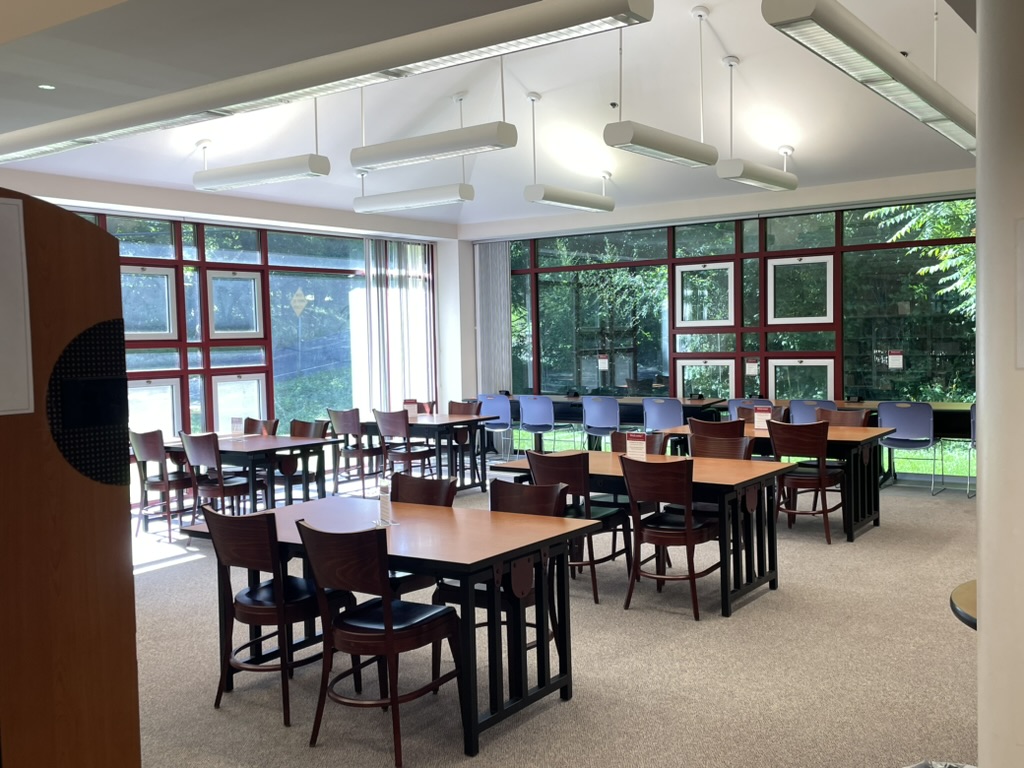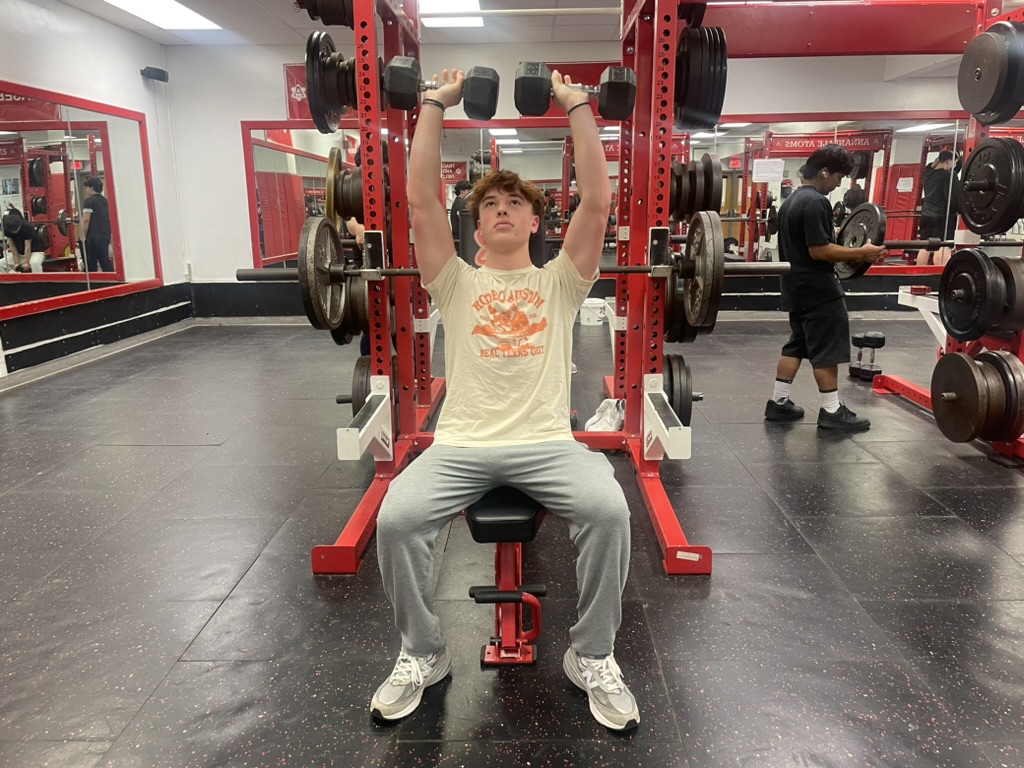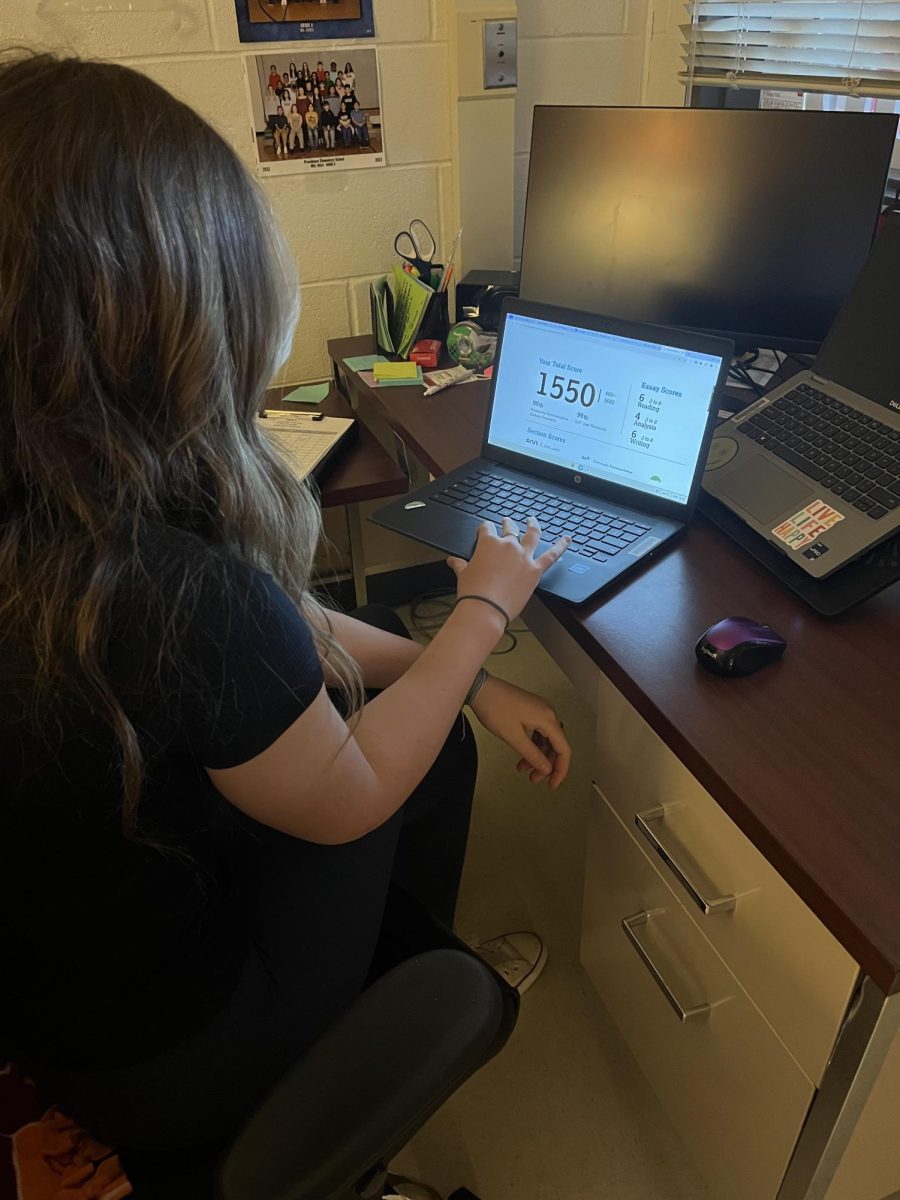Is there an ideal utopian environment for students to learn in? Sitting down in desks and preparing for class becomes repetitive, causing students and teachers to forget how much their learning environment hinders or improves their ability to learn.
Seating Arrangements
There are various reasons behind the arrangement of desks in the classroom. Some arrangements are specific to the types of activities and the types of students of the class.
“I change the way the desks are set up depending on what we’re doing. I want the students to see each other when they’re reading,” English teacher Bonnie Vining said. “When we were making dolls for The Canterbury Tales, I put the desks in groups to make it easier for them to work creatively and to get the students to meet new people. If everyone is facing each other, it’s easier to have a discussion.”
Communication is both crucial in school and in the world.
“I like desks in groups because they allow us to interact with each other and it creates a more lively environment so I don’t get bored and fall asleep,” senior Richard Ho-Dang said.
Even though some might say that groups create distractions, having students sit and work together can promote learning and participation.
“It’s not hard to keep them on task when they know what they’re doing and what I expect of them. I try to arrange the seating, so that they can’t hide from me. An open classroom encourages students to participate and it’s easier for me to move around too,” Vining said.
Yet some students can harbor nervous tension toward group work and discussions.
“I prefer a test-taking classroom setup because it is less awkward. I like quiet areas like the library to study so I am not distracted by electronics and other people,” sophomore Bethel Mahoney said.
Can a classroom encourage discussion and participation while ensuring students feel comfortable?
As educators, teachers should have a classroom that promotes discussion and participation while ensuring their students are comfortable.
“Teachers have obligations to make their learning environment the best for their students. Generally, if students are isolated, they don’t learn as well. There should be a balance between being being social and learning,” physics teacher David Tyndall said.
Tyndall changes his seating arrangements every quarter to allow students to get to know one another.
“One thing won’t work for every student. In a course like physics, whiteboards are a great way to get kids working,” Tyndall said. “[Answering questions] and being wrong is the best way to learn. If teachers have positive relations with their students then [their students] will with them. I never try to put people in a straight jacket.”
Class size
The environment of a classroom seems to be dependent on who the students are and how they learn best. The aspect of making a classroom suitable can be daunting when there are too many students.
“Some of my classes are huge; they have to be in order to fit the kids I have. I would prefer a ‘u-shaped’ room for discussions though,” Arabic teacher Ola Layaly said. “I always want kids to feel comfortable, so I’m flexible with my students and classroom if I can be. We work on our projects at home, while instruction is during school.”
Materials
Aside from the way desks are assembled, the objects and effects teachers have can also impact their students.
“We have books and magazines in Arabic so that kids can be interested in the subject without being involved with their academics. The classroom should reflect the life outside of school. I create a situation where the kids raise questions out of school and come to class to find their answer,” Layaly said.
The walls of a room can both be encouraging and decorative.
“I like the students to see their work and how it compares to the work of my other classes. The posters on the wall are reminders to help us out [with literary terms],” Vining said.
Home Environment
Parallel to classrooms, a study environment is just as vital to an education as an accommodating classroom.
“At home, I sit at my desk where its clean and quiet when I do homework and study. It has to be clean and quiet for me to finish my work,” junior Lorena Villarroel said.
People who sit at desks are not necessarily better workers than those who prefer a more cozy area.
“I’m not a desk person; I lay down. What makes me comfortable allows me to finish my work,” Layaly said.
Furniture and posters are in the end, just implements to help people learn, however differently they may do it.
“The classroom is made to encourage interaction, but what people do is up to them. The idea of having a discussion is to interact with other people,” Theory of Knowledge and Geography teacher John Hawes said. “Everyone is different and responds differently. You have to get to know people. How can you structure a classroom for people who are different and learn differently? It’s a constant experiment and [as teachers] you’re constantly adjusting.”
Perhaps a quintessential learning environment can never be found or used. Students and teachers differ in character and personality. It only follows that how they learn, where they learn best and what helps them most, is particular to the student.













